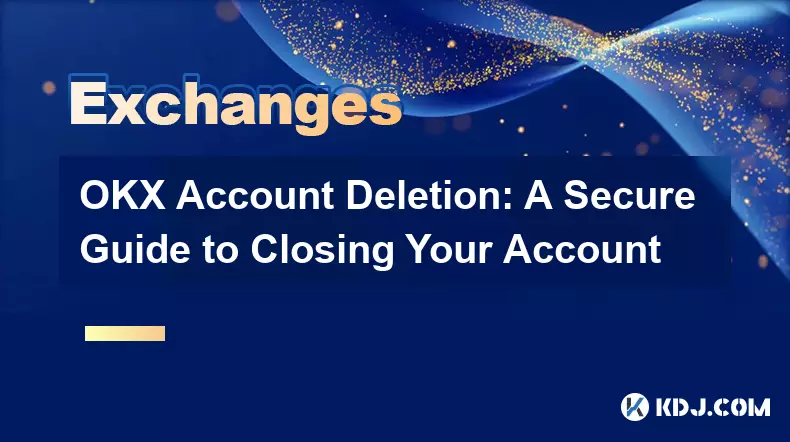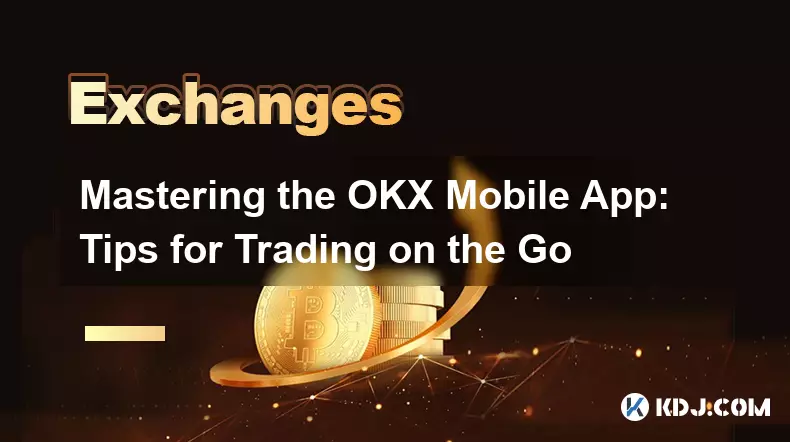-
 bitcoin
bitcoin $105968.894684 USD
4.17% -
 ethereum
ethereum $3639.320047 USD
7.62% -
 tether
tether $1.000339 USD
0.06% -
 xrp
xrp $2.407774 USD
5.96% -
 bnb
bnb $1011.704193 USD
2.28% -
 solana
solana $166.942754 USD
6.37% -
 usd-coin
usd-coin $1.000143 USD
0.03% -
 tron
tron $0.291515 USD
0.25% -
 dogecoin
dogecoin $0.181682 USD
4.06% -
 cardano
cardano $0.585450 USD
4.54% -
 hyperliquid
hyperliquid $42.099968 USD
5.20% -
 chainlink
chainlink $16.160745 USD
5.45% -
 zcash
zcash $645.269648 USD
12.96% -
 bitcoin-cash
bitcoin-cash $507.430338 USD
2.80% -
 stellar
stellar $0.290357 USD
3.69%
A Guide to Yield Farming on the Binance Smart Chain
Yield farming on Binance Smart Chain offers high APYs through liquidity provision and staking, but requires careful risk management due to volatility, impermanent loss, and smart contract risks.
Oct 31, 2025 at 04:54 pm

Understanding Yield Farming on Binance Smart Chain
1. Yield farming has emerged as one of the most dynamic ways to generate passive income in the decentralized finance (DeFi) ecosystem. On the Binance Smart Chain (BSC), this practice leverages smart contracts to allow users to lend, stake, or provide liquidity in exchange for token rewards. Unlike Ethereum, BSC offers lower transaction fees and faster block times, making it an attractive environment for yield farmers seeking efficiency and cost-effectiveness.
2. The core mechanism involves depositing cryptocurrency assets into liquidity pools hosted on decentralized exchanges like PancakeSwap or BakerySwap. In return, participants receive liquidity provider (LP) tokens representing their share of the pool. These LP tokens can then be staked in yield farms to earn additional rewards, often paid in governance or platform-specific tokens.
3. One major advantage of yield farming on BSC is its compatibility with Binance Coin (BNB), which serves both as a utility token for gas fees and as a base asset in numerous trading pairs. This integration simplifies user experience and enhances capital efficiency across multiple DeFi platforms operating on the chain.
4. Projects frequently incentivize early participation by offering high annual percentage yields (APYs), sometimes exceeding several hundred percent. While these returns are appealing, they come with inherent risks such as impermanent loss, smart contract vulnerabilities, and market volatility that must be carefully evaluated before committing funds.
5. Users typically interact with yield farming protocols through web-based interfaces connected via crypto wallets like MetaMask or Trust Wallet. These wallets support BSC network configuration, enabling seamless access to dApps without requiring technical expertise in blockchain development.
Top Platforms for Yield Farming on BSC
1. PancakeSwap remains the leading decentralized exchange on BSC, offering a wide range of liquidity pools and yield farming opportunities. It features auto-compounding vaults, prediction markets, and NFT integrations, all contributing to its popularity among yield farmers.
2. Beefy Finance operates as a multi-chain yield optimizer, with significant operations on BSC. It automatically reinvests rewards into underlying strategies to maximize returns, reducing manual effort while improving compounding efficiency.
3. Venus Protocol enables algorithmic lending and borrowing, allowing users to earn interest on deposited assets or leverage positions using collateralized debt. Its native XVS token provides governance rights and additional yield incentives through staking programs.
4. Autofarm aggregates yield opportunities across various BSC protocols, offering simplified access to optimized strategies. Its dashboard displays real-time APY data and allows cross-protocol staking, enhancing transparency and decision-making for investors.
5. JetFuel Finance combines yield farming with synthetic assets and launchpad functionalities. It introduces innovative mechanisms such as boosted farms and deflationary token models aimed at sustaining long-term value accrual for participants.
Risk Management and Best Practices
1. Conduct thorough research on any protocol before depositing funds. Review audit reports from reputable firms like CertiK or PeckShield to assess the security posture of smart contracts powering the platform.
2. Diversify exposure across multiple farms and asset types to mitigate concentration risk. Avoid allocating large portions of capital to newly launched projects with unproven track records or anonymous development teams.
3. Monitor impermanent loss closely, especially when providing liquidity to volatile token pairs. Understanding how price divergence affects portfolio value helps in making informed adjustments to position sizing and pair selection.
4. Use hardware wallets or cold storage solutions for long-term holdings, keeping only necessary funds in connected wallets during active farming sessions. This reduces the attack surface in case of phishing attempts or compromised devices.
5. Stay updated with community discussions on official channels like Telegram, Discord, or Reddit. Early warnings about bugs, exploits, or rug pulls often emerge from user reports before formal announcements are made.
Frequently Asked Questions
What is the difference between liquidity provision and yield farming?Liquidity provision involves depositing token pairs into a decentralized exchange pool to facilitate trading. Yield farming refers to staking those received LP tokens into reward-generating protocols to earn additional tokens, effectively layering returns on top of trading fee income.
How are APYs calculated in BSC yield farms?APYs are derived from the total rewards distributed over time relative to the amount staked. They include emissions from protocol incentives, trading fees, and potential multiplier effects from compounding. However, advertised rates may fluctuate based on changes in token prices and participation levels.
Can I lose money participating in yield farming?Yes, financial loss can occur due to impermanent loss, sharp declines in reward token value, smart contract failures, or exit scams. Even audited projects carry operational risks, so capital should only be allocated after accepting the possibility of partial or total loss.
Are there tax implications for yield farming earnings?In many jurisdictions, yield farming rewards are treated as taxable income upon receipt. Capital gains taxes may also apply when disposed of at a profit. Consultation with a tax professional familiar with cryptocurrency regulations is recommended to ensure compliance.
Disclaimer:info@kdj.com
The information provided is not trading advice. kdj.com does not assume any responsibility for any investments made based on the information provided in this article. Cryptocurrencies are highly volatile and it is highly recommended that you invest with caution after thorough research!
If you believe that the content used on this website infringes your copyright, please contact us immediately (info@kdj.com) and we will delete it promptly.
- Altcoins, BlackRock, and a Bitcoin-Bullish Future: What's the Play?
- 2025-11-10 20:50:01
- Bitcoin Gains and Market Moves: What's Happening?
- 2025-11-10 20:35:01
- Zcash Price Prediction: Will the ZEC Breakout Continue?
- 2025-11-10 18:45:01
- XRP Price, AlphaPepe, and Predictions: What's the Buzz?
- 2025-11-10 18:55:01
- Crypto Explode: News Insights for Savvy Investors
- 2025-11-10 19:10:01
- XRP Price Rockets Amid ETF Buzz, Zcash Mimics Moonshot: A Breakdown
- 2025-11-10 19:10:01
Related knowledge

Common Mistakes to Avoid on OKX: A Guide for New Traders
Nov 04,2025 at 03:37pm
Understanding the Interface Before Trading1. New traders often jump into placing orders without fully exploring the OKX platform layout. Taking time t...

OKX TradingView Integration: A Guide to Advanced Chart Analysis
Nov 02,2025 at 03:37am
OKX and TradingView: Bridging the Gap for Professional Traders1. OKX, one of the leading cryptocurrency exchanges, has integrated with TradingView to ...

Finding Your OKX Deposit Address: A Quick and Safe Guide
Nov 05,2025 at 01:15pm
Finding Your OKX Deposit Address: A Step-by-Step Process1. Log into your OKX account using your registered credentials. Ensure you are accessing the o...

OKX Savings Guide: A Low-Risk Strategy for Earning Crypto
Nov 05,2025 at 06:55am
Understanding OKX Savings and Its Role in Crypto Earnings1. OKX Savings offers users a straightforward method to earn passive income by leveraging idl...

OKX Account Deletion: A Secure Guide to Closing Your Account
Nov 05,2025 at 08:44am
Understanding the Implications of Account Closure1. Closing your OKX account permanently removes access to all associated trading features, including ...

Mastering the OKX Mobile App: Tips for Trading on the Go
Nov 05,2025 at 01:19am
Streamlined Navigation for Efficient Trading1. The OKX mobile app features a clean and intuitive interface that allows traders to access key functions...

Common Mistakes to Avoid on OKX: A Guide for New Traders
Nov 04,2025 at 03:37pm
Understanding the Interface Before Trading1. New traders often jump into placing orders without fully exploring the OKX platform layout. Taking time t...

OKX TradingView Integration: A Guide to Advanced Chart Analysis
Nov 02,2025 at 03:37am
OKX and TradingView: Bridging the Gap for Professional Traders1. OKX, one of the leading cryptocurrency exchanges, has integrated with TradingView to ...

Finding Your OKX Deposit Address: A Quick and Safe Guide
Nov 05,2025 at 01:15pm
Finding Your OKX Deposit Address: A Step-by-Step Process1. Log into your OKX account using your registered credentials. Ensure you are accessing the o...

OKX Savings Guide: A Low-Risk Strategy for Earning Crypto
Nov 05,2025 at 06:55am
Understanding OKX Savings and Its Role in Crypto Earnings1. OKX Savings offers users a straightforward method to earn passive income by leveraging idl...

OKX Account Deletion: A Secure Guide to Closing Your Account
Nov 05,2025 at 08:44am
Understanding the Implications of Account Closure1. Closing your OKX account permanently removes access to all associated trading features, including ...

Mastering the OKX Mobile App: Tips for Trading on the Go
Nov 05,2025 at 01:19am
Streamlined Navigation for Efficient Trading1. The OKX mobile app features a clean and intuitive interface that allows traders to access key functions...
See all articles





















![The Graph Price Prediction [GRT Crypto Price News Today] The Graph Price Prediction [GRT Crypto Price News Today]](/uploads/2025/11/07/cryptocurrencies-news/videos/690d4df44fe69_image_500_375.webp)




















































